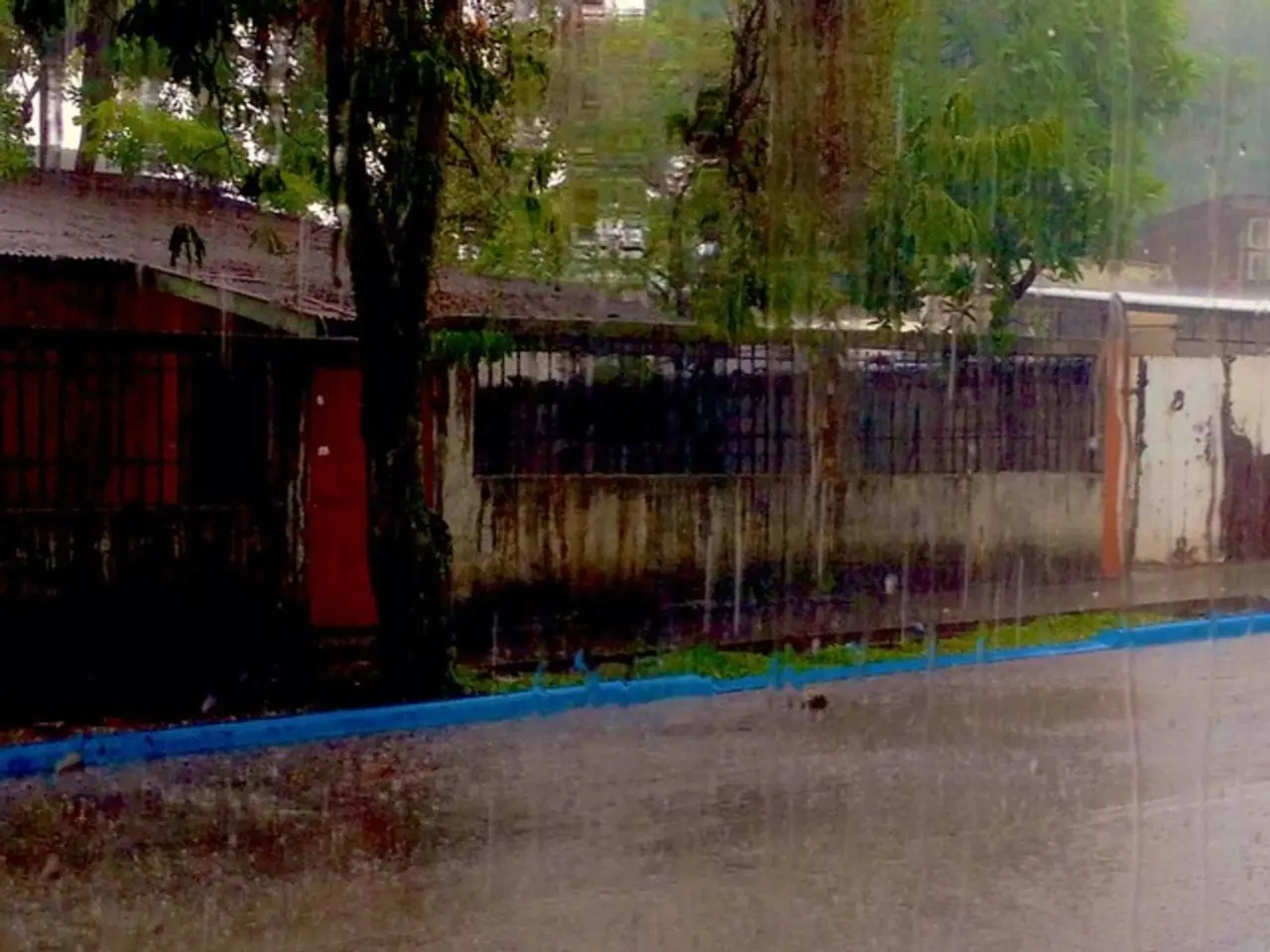Switzerland's August weather forecast hints at matches with the record-breaking 'Heatwave of the Century' from 2003.
The summer weather patterns in Switzerland in 2025 show striking similarities to those of 2003, especially regarding high-pressure systems leading to exceptionally hot and sunny conditions in June and August. This similarity has been highlighted by the private weather service MeteoNews, who have drawn initial, cautious conclusions for August based on these parallels.
In 2003, a stationary high-pressure system built up over Europe, blocking Atlantic currents that typically bring cooler weather to Switzerland. This resulted in the hottest June on record, with temperatures 4.6°C above the long-term average. August followed suit, breaking the record for the highest temperature ever officially recorded in Switzerland, reaching 41.5°C in Grono, canton of Graubünden.
Fast forward to 2025, and Switzerland has experienced temperatures about 1.7°C above average so far, with it being drier (+15% less precipitation) and sunnier (+12% more sunshine). While June 2025 was not as hot as June 2003, it still had a temperature surplus of about 3.7°C above the long-term average.
Meteorologist Michael Eichmann of MeteoNews has noted similarities in the summers of 2003 and the current year, including a temperature setback at the turn of the month and a few hot days afterwards. The situation in August of 2003 stabilized again only after a few hot days, suggesting a potential pattern for the current year. If the high temperatures in August 2025, if they occur, are similar to those seen in 2003, they could potentially lead to a hotter-than-average month in Switzerland.
The deflection of Atlantic currents northwards in 2003 and potentially in 2025 could result in Switzerland experiencing higher temperatures. Current forecasts predict temperatures in Switzerland ranging from 16°C to 30°C at the start of August, which is below the record-breaking temperatures of 2003, but still warmer than the average for August.
Meteorologists have noticed similarities between the weather patterns in the summers of 2003 and the current year, suggesting a possibility of high temperatures in August. However, it's important to note that predicting the weather so far in advance is challenging, as cautioned by Eichmann. Small model deviations can lead to large differences between the model and reality, and each year is unique and writes its own chapter.
Eichmann will draw a definitive summer balance at the end of August to assess the actual temperatures in August 2025. Until then, it's essential to stay informed and prepared for potential high temperatures, especially during heatwaves.
[1] MeteoNews (2021). Similarities between the summers of 2003 and 2025 in Switzerland. Retrieved from https://www.meteonews.ch/news/similarities-between-the-summers-of-2003-and-2025-in-switzerland/
[2] Eichmann, M. (2021). The summer weather patterns in Switzerland in 2025 show clear similarities to those of 2003. Retrieved from https://www.meteonews.ch/blog/the-summer-weather-patterns-in-switzerland-in-2025-show-clear-similarities-to-those-of-2003/
[3] Swiss Meteorological Institute (2021). Switzerland is generally about 1.7°C warmer than average so far in 2025. Retrieved from https://www.meteoswiss.ch/en/news/switzerland-is-generally-about-1-7c-warmer-than-average-so-far-in-2025/
- The striking similarities between the summer weather patterns of 2003 and 2025 have led MeteoNews to suspect potential high temperatures in August, especially if the climate-change-induced deflection of Atlantic currents occurs, as it did in 2003.
- The ongoing weather pattern comparison between the summers of 2003 and 2025, as reported by MeteoNews, highlights the importance of environmental-science research in understanding the impact of climate change on weather patterns and preparing for future heatwaves.






